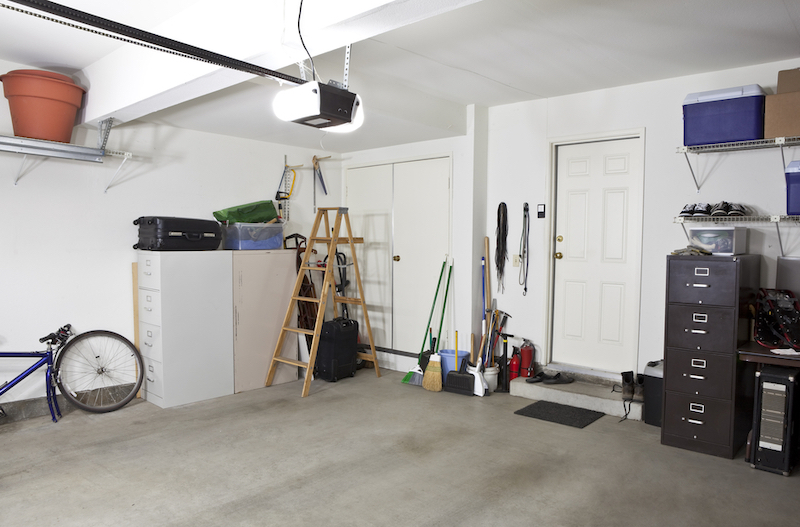Winter, Spring, Summer, and Fall — garage ventilation is important for them all! If you’re not ventilating your garage, now is the time to install ventilation before winter hits.
Do I Need Ventilation In My Garage?
We’re not going to tell you that you need to do anything. But garage ventilation is highly encouraged, as it provides enough benefits to be worth the relatively low cost. A key reason garages benefit from ventilation is that any chemicals and fumes will quickly be carried out of the garage. Ventilation is also crucial to maintaining even temperatures throughout the year.
Types Of Garage Ventilation
There are many different ways you can ventilate your garage. Not every type of garage ventilation will work year-round, but each method is effective.
-
- Open Window or Door. Though not as effective as other options, this does the trick for quickly airing out an area.
- Floor or Ceiling Fan. Buying a floor or ceiling fan might be all you need to improve the air circulation in your garage. Combining this with an open window or door will provide even better ventilation.
- Exhaust Vents. Exhaust vents are a good option for ventilating a garage that’s located in a place where winters are cold. They’re also great if your garage doesn’t have any windows to open in the summertime. Exhaust vents work year-round to provide an escape for any fumes or odors in your garage and create air circulation.
- Exhaust Fan. Exhaust fans work by sucking air and odors out of your garage to allow cleaner air to come in. They’re more powerful than regular ceiling or floor fans.
- Garage Ventilation Fan. A garage ventilation fan is the best option for ventilating your garage. This is the most efficient and sophisticated system for keeping your garage cool, odor-free, and comfortable all year.
How Do I Vent My Garage For Winter?
Garage ventilation is just as important in the winter as in the summer. Exposing your garage to extreme temperatures can cause damage to the objects you keep inside it. Proper ventilation and insulation will maintain stable temperatures and prevent excess moisture build-up from melting ice or snow.
Venting your garage for winter is like installing ventilation for any other season. You can add vents in your garage, use a ventilation fan, or try one of the several other ways to ventilate a garage.
What Is The Best Way To Ventilate A Garage?
The best garage ventilation option is a garage ventilation fan that you can install in the wall or ceiling of your garage, depending on the type of fan you buy.
Through-Wall Garage Ventilation Fan
These fans are mounted in and through the sidewall of your garage to maintain a steady temperature in your garage and the room or roof above it. A through-wall ventilation fan vents air to the outside and closes when not in use to prevent anything outside from getting in.
Garage Fan and Attic Cooler
If you’re looking to regulate temperatures in your garage and attic at the same time, a ceiling-mounted garage fan and attic cooler is your best option. These fans are highly effective and can cool a garage as much as 20 degrees in the summer.
How Do I Keep Mold Out Of My Garage?
Allowing moisture to build up in your garage will lead to mold growth, which can cause various health problems. Luckily, you can helpprevent mold growth by installing ventilation which provides an escape route for excess moisture and improved air circulation.
Shop Cool My Garage
Cool My Garage has top-of-the-line options for ventilating your garage, including our top-rated GF-14 Garage Fan & Attic Cooler. Check out our shop today for everything you need to properly ventilate your garage today.

